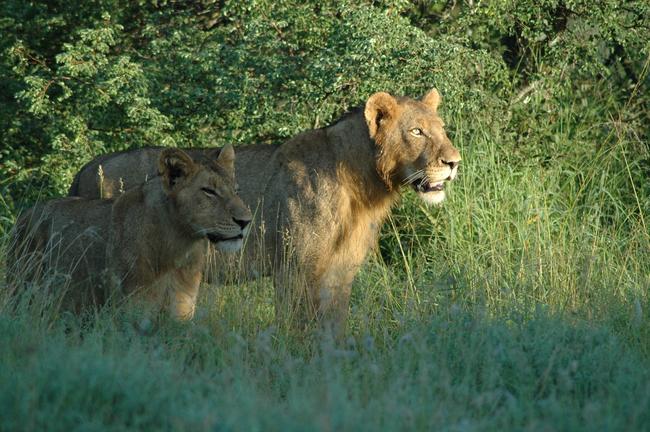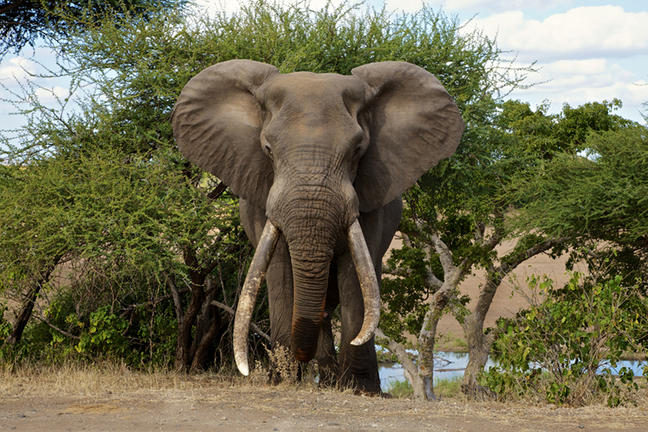The world-renowned Kruger National Park offers a wildlife experience that ranks with the best in Africa. Established in 1898 to protect the wildlife of the South African Lowveld, this national park of nearly 2 million hectares, SANParks - Kruger National Park is unrivalled in the diversity of its life forms and a world leader in advanced environmental management techniques and policies.
Truly the flagship of the South African national parks, Kruger is home to an impressive number of species: 336 trees, 49 fish, 34 amphibians, 114 reptiles, 507 birds and 147 mammals.
The Limpopo is the park’s northern-most river and the Crocodile forms it southern boundary, while the Sabie, Letaba, Olifants and Luvuvhu rivers provide the park’s interior with water. There are some seasonal rivers like the Shisa and Timbavati, which are usually dry during winter.
The park tends to be mostly grasslands, known in South Africa as bushveld, and woodlands (savannah), with occasional rocky outcrops.
Man's interaction with the Lowveld environment over many centuries - from bushman rock paintings to majestic archaeological sites like Masorini and Thulamela - is very evident in the Kruger National Park.
These treasures represent the cultures, persons and events that played a role in the history of the Kruger National Park and are conserved along with the park's natural assets.
The Kruger National Park falls within a malaria area and all necessary precautions should be taken. Consult your general practitioner on medication before planning a visit.





